FIM-92 Stinger: The Game Changing and Highly Accurate Surface-to-Air Missile
Many weapons have been considered game changers, but the term has never been more true than when it was applied to the FIM-92 Stinger. The man-portable air-defense system (MANPADS) is typically used as a surface-to-air missile (SAM), but given its versatility can also be used on ground vehicles and AH-64 Apache helicopters. Its agility, speed and accuracy make it a highly effective weapon on the battlefield, especially against low-flying aircraft.
Development of the FIM-92 Stinger
The FIM-92 Stinger was designed and developed in the United States. General Dynamics began work on it in 1967, in the hopes of developing an improved variant of its FIM-43 Redeye. The program was accepted by the US Army in 1971, at which time it was designated FIM-92. A year later, the “Stinger” name was chosen.
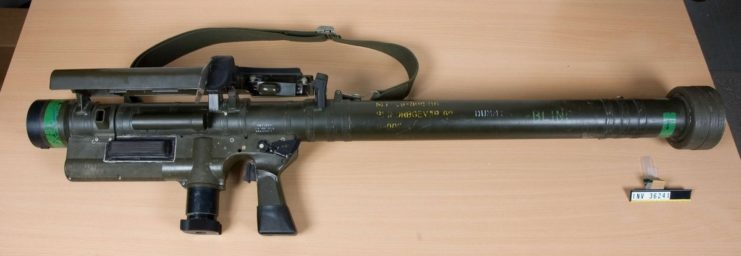
The weapon is primarily manufactured by Raytheon Missile Systems, and has been licensed for production in Germany by Airbus Defence and by ROKETSAN in Turkey. Production began in 1978, approximately three years after the first shoulder launch, and continues to this day.
The FIM-92 Stinger missile is five feet long and 2.8 inches in diameter, with four 3.9-inch folding fins that keep it stable while in flight. The missile itself weighs 22 pounds, and when in its reusable launch tube clocks in at 34 pounds. It’s fitted with a grip stock and Identification Friend or Foe (IFF) antenna, the latter of which receives power from a rechargeable battery.
The warhead, which is encased in pyrophoric titanium, contains 1.02 kilograms of HTA-3, a mixture of HMX, aluminum powder, and TNT. It features an impact fuze and a self-destruct timer that detonates the missile 17 seconds after it’s launched.

The Stinger uses an infrared seeker that locks onto the heat emitted by an engine’s exhaust, making it extremely accurate with targets between 3,800 and 4,800 meters away. It can also hit anything flying below 3,352 meters, making it an ideal weapon for targeting low-flying aircraft typically used for strafing, reconnaissance and troop resupply.
The missile is known as a “passive” seeker, as it doesn’t emit radio waves to locate its targets. Along with the fins, its guidance section includes a missile battery and seeker, control and guidance assemblies.
Operation on the battlefield
Aside from its effectiveness in targeting low-flying aircraft and the fact its user can take cover or engage a secondary target immediately after firing, the FIM-92 Stinger is appealing to militaries as it only requires a single operator. However, it should be noted standard military procedure requires two operators, the team chief and a gunner.
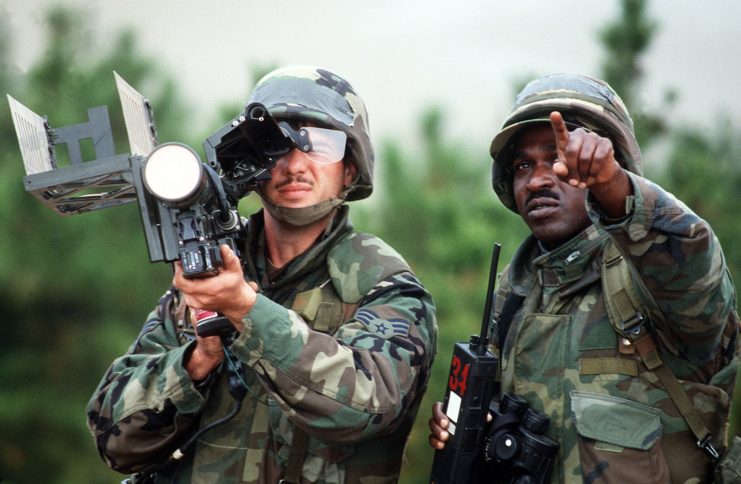
To fire the Stinger, all its operator needs to do is aim the missile at their target, after which it’ll make a sound to indicate it’s locked on. The operator then pulls the trigger, prompting the weapon’s small launch rocket to push the missile out of the launch tube. Once a safe distance away, the launch engine falls off, activating the main engine, which propels the missile to 1,500 miles per hour. Once it hits the target, it automatically explodes.
FIM-92 Stinger variants
Production of the first FIM-92 Stinger variant, the 92A, began in 1978 and was followed five years later by the 92B, which featured a new seeker. The production of both ended in 1987, with an estimated 16,000 missiles produced.
The 92C entered into development in 1984. The variant, along with the 92D, was fitted with a reprogrammable microprocessor, allowing it to receive firmware updates. In 1992, the FIM-92E (or Block I) Stinger was developed, introducing changes to not just the missile’s software, but its sensor, allowing for improved performance. A software update in 2001 led to its designation as the 92F.
This was followed by further adaptions, the latest of which is the 92K.
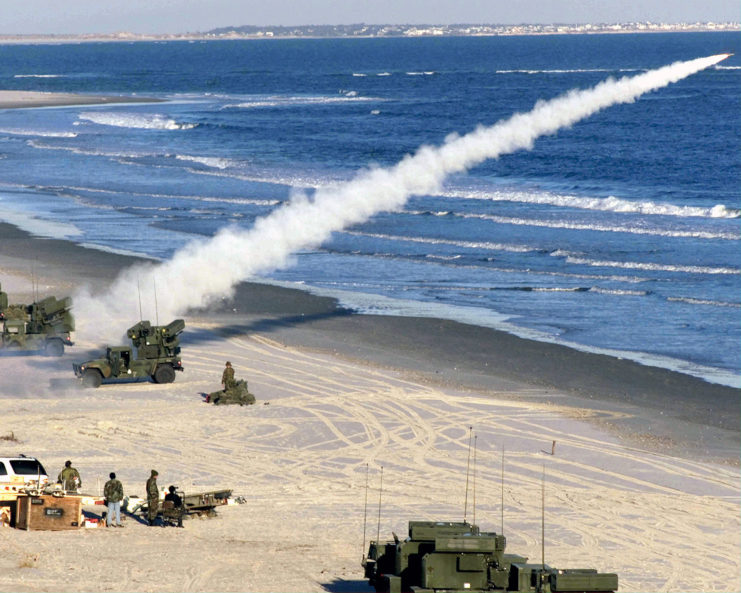
The STINGER-Reprogrammable Microprocessor (RMP) Block II and the STINGER-Passive Optical Seeker Technique (POST) are the two most-used variants. The Block II was developed in 1996 and introduced a new focal plane array sensor that improved the missile’s accuracy in “high clutter” environments. It also increased the engagement range to 25,000 feet.
Both use a dual-detector seeker – the IR and UV – which better allows them to distinguish targets. The Block II, in particular, has an over 90 percent success rate in reliability and training tests.
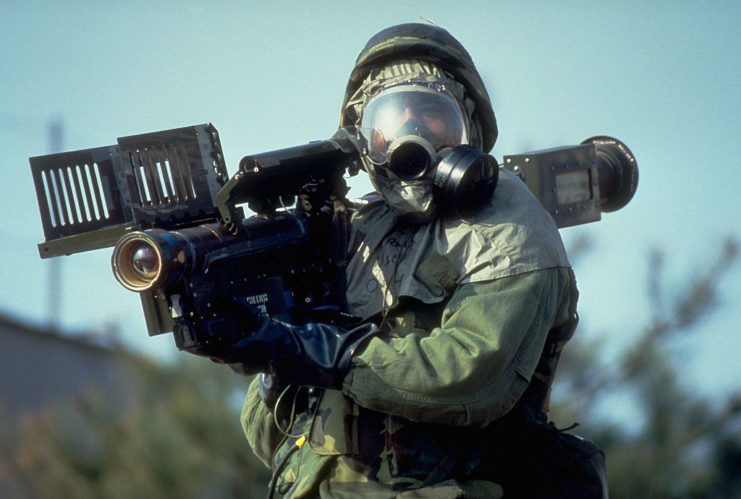
One variant was canceled before it got off the ground. Dubbed the Air Defense Suppression Missile (ADSM), it was fitted with a passive radar seeker and intended for use against radar wave transmitters. Work began in 1983 and the final report was issued in December 1986.
Use in global conflicts
The FIM-92 Stinger entered service in 1981 and has since seen use by militaries in the US and 29 other countries. The US Navy, in particular, has used it for point defense in the Middle East, as a three-man team can perform other duties when not tasked with Stinger maintenance and training.

The Stinger made its combat debut during the Falklands War. It was given to members of the British Army‘s Special Air Service, who received little training. This was because the only trooper trained in its use was killed in a helicopter trash. The missile was also supplied to rebels by the CIA during the Soviet-Afghan War, with some historians crediting it with altering the course of the conflict.
The other conflicts it was used it include: the Iran-Iraq War, the Gulf War, the Angolan Civil War, the Sri Lankan Civil War, the Chadian-Libyan conflict, the Tajikistan Civil War, the Kargil War, the Yugoslav Wars, the invasion of Grenada, the Second Chechen War, the wars in Afghanistan and Iraq, and the Syrian Civil War.
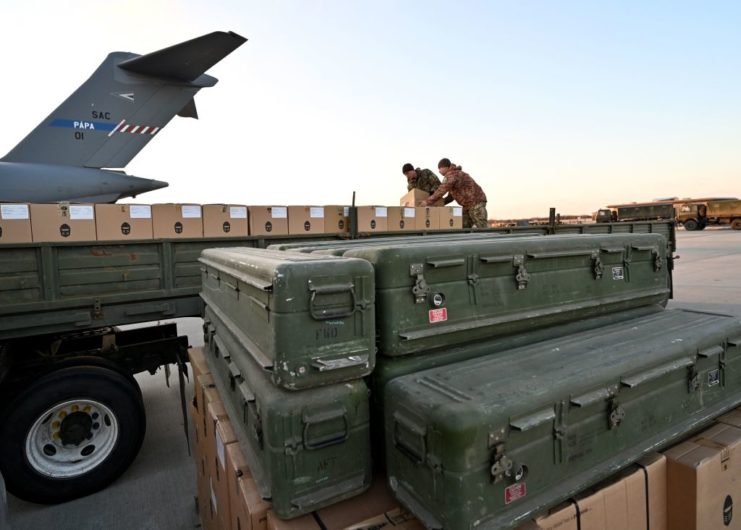
Most recently, the FIM-92 Stinger has seen use in the 2022 Russian-Ukraine conflict. The missiles were provided by Ukraine’s allies for use against Russian forces.
The post FIM-92 Stinger: The Game Changing and Highly Accurate Surface-to-Air Missile appeared first on warhistoryonline.
Post a Comment
0 Comments